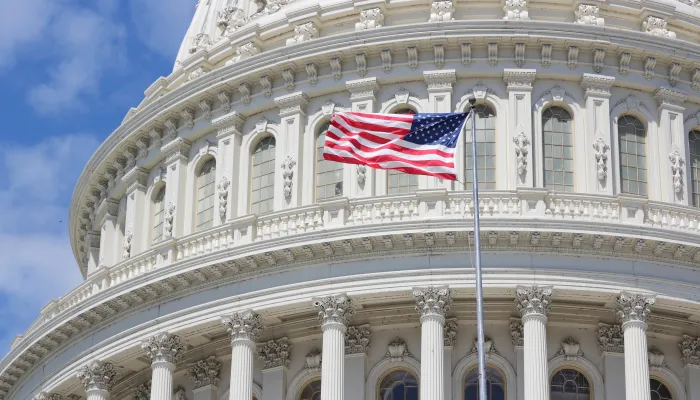Continued Inflation Highlights Danger of More Deficits
The Federal Reserve’s preferred measure of inflation — the personal consumption expenditure (PCE) index — came in at 0.3 percent in January, twice the Federal Reserve’s implied target of 0.17 percent, according to the Bureau of Economic Analysis. PCE inflation over the past year has totaled 2.5 percent and core PCE 2.6 percent, compared to the Federal Reserve’s target of 2 percent.
The following is a statement from Maya MacGuineas, president of the Committee for a Responsible Federal Budget:
Today’s inflation print makes one thing clear: inflation is still not under control. Getting down to the 2 percent target is going to take more work from the Fed — and Congress can help by lowering deficits. With inflation and interest rates both elevated, further deficit spending would be economic malpractice.
The massive deficit-financed tax and spending bill that the House and Senate budget resolutions would allow is precisely the opposite of what the doctor is ordering here.
There is absolutely no good reason to borrow an extra $2.8 trillion over the next nine years, and today’s hot inflation numbers give another great reason not to go deeper into debt. Higher deficits from tax cuts and spending increases will only feed the flames of inflation. And they will further boost interest rates as well.
That means higher costs at the gas pump and the grocery store. And it means higher borrowing costs for students with loans, homebuyers with mortgages, and entrepreneurs starting a small business.
As for the taxpayer, every one percentage point increase in interest rates beyond projections also adds $3 trillion more to the debt over a decade – that’s a dangerous spiral we can’t afford.
Instead of throwing gasoline on the fire, we should be throwing water on it. That means reducing deficits and at a minimum paying for our priorities.

###
For more information, please contact Matt Klucher, Assistant Director of Media Relations, at klucher@crfb.org.


